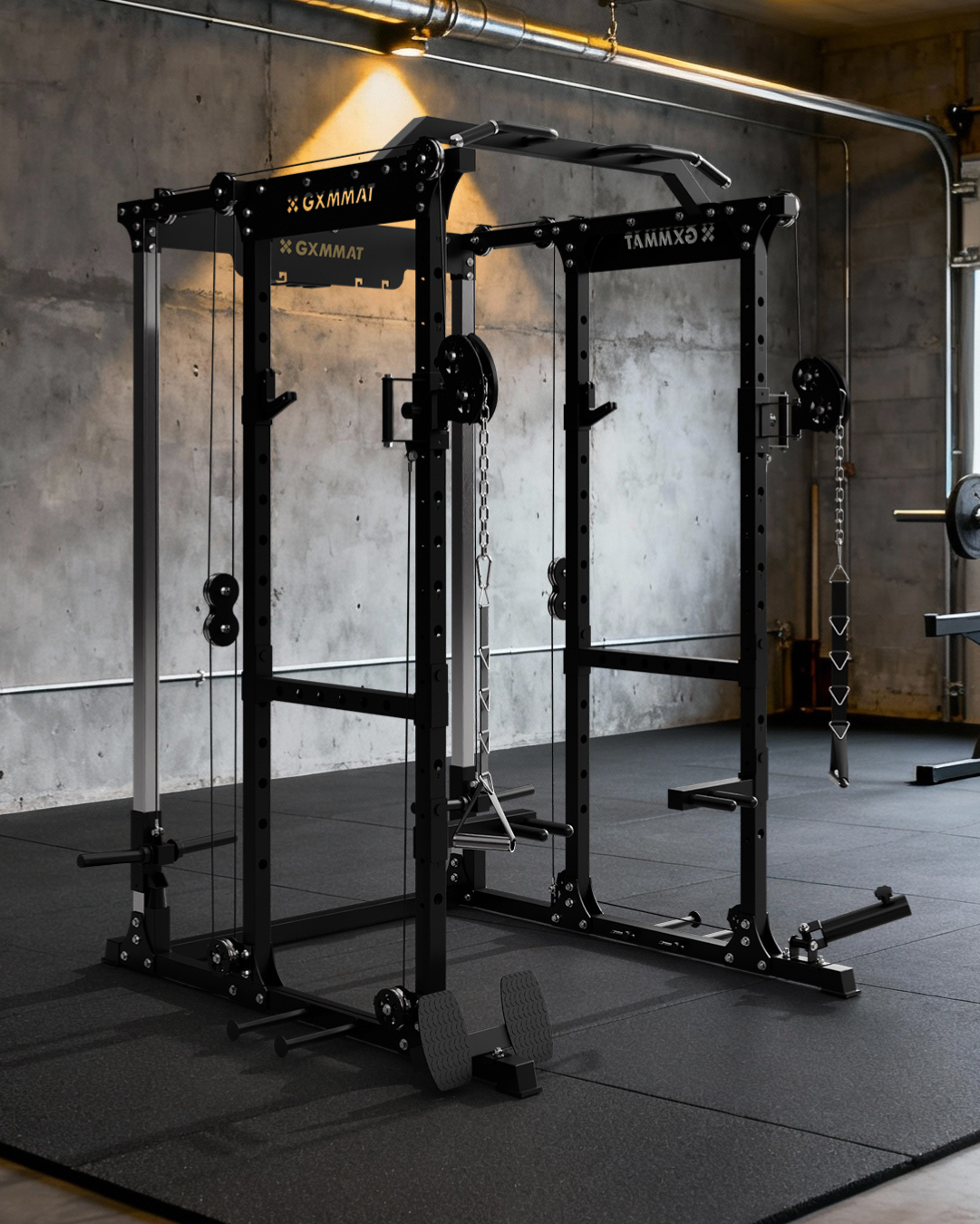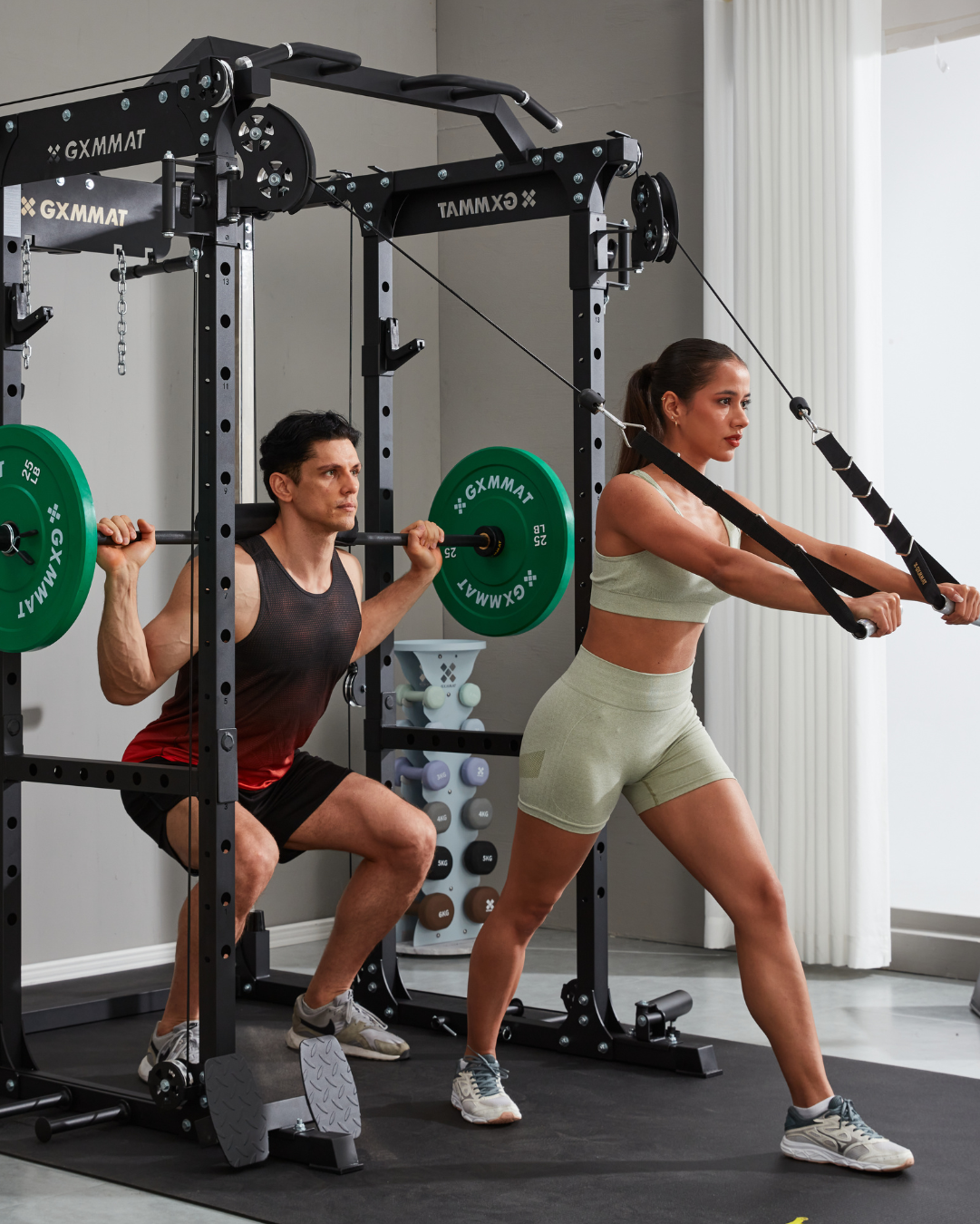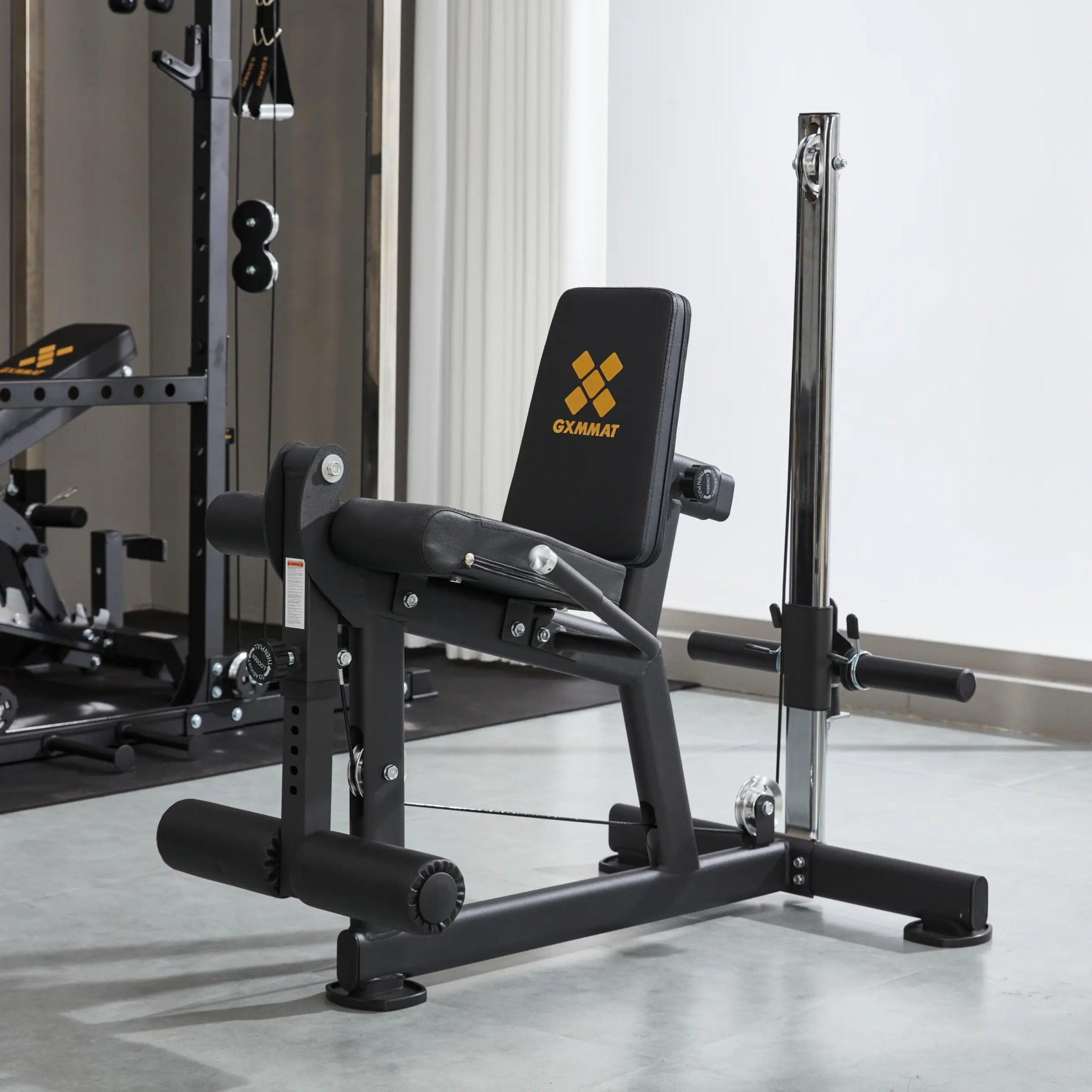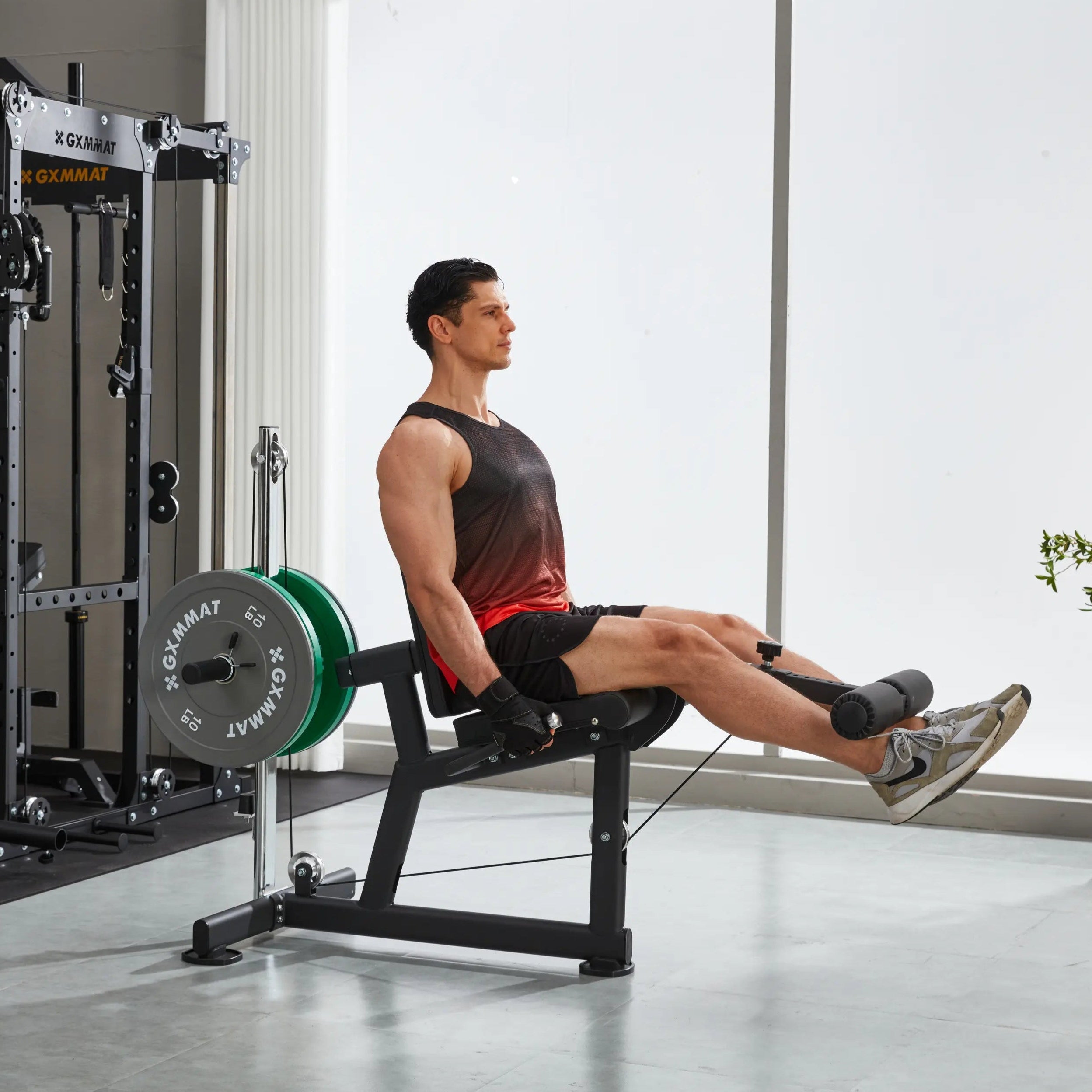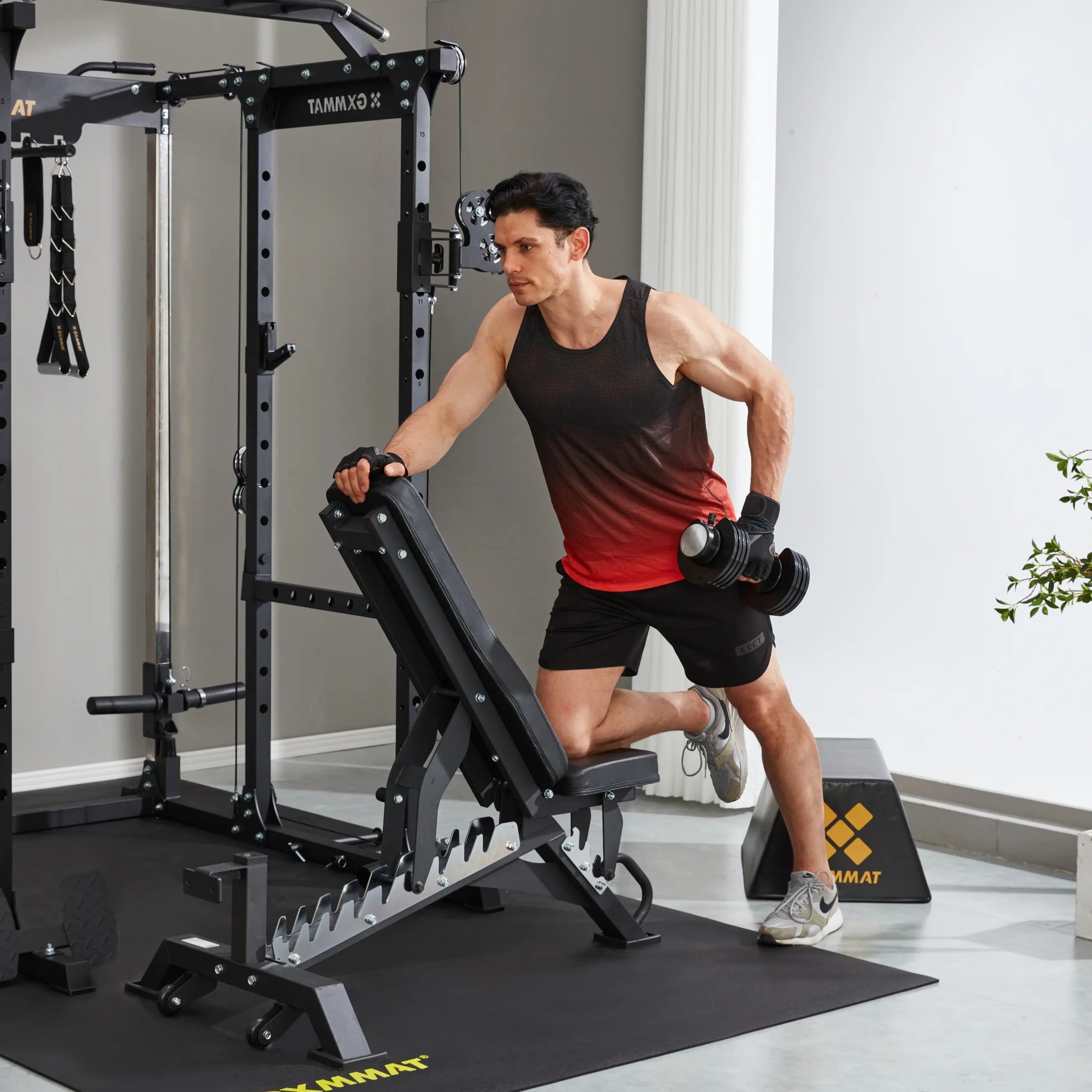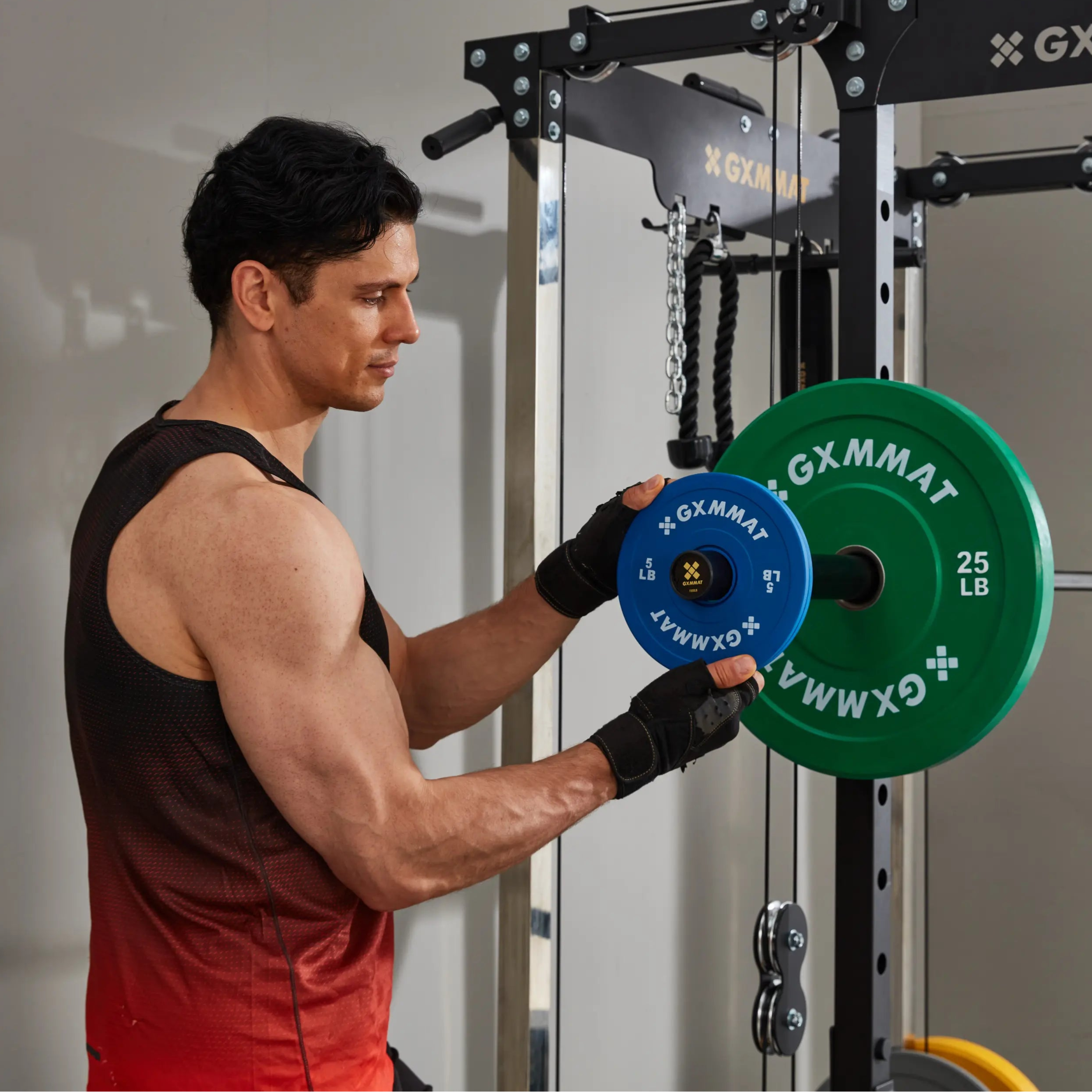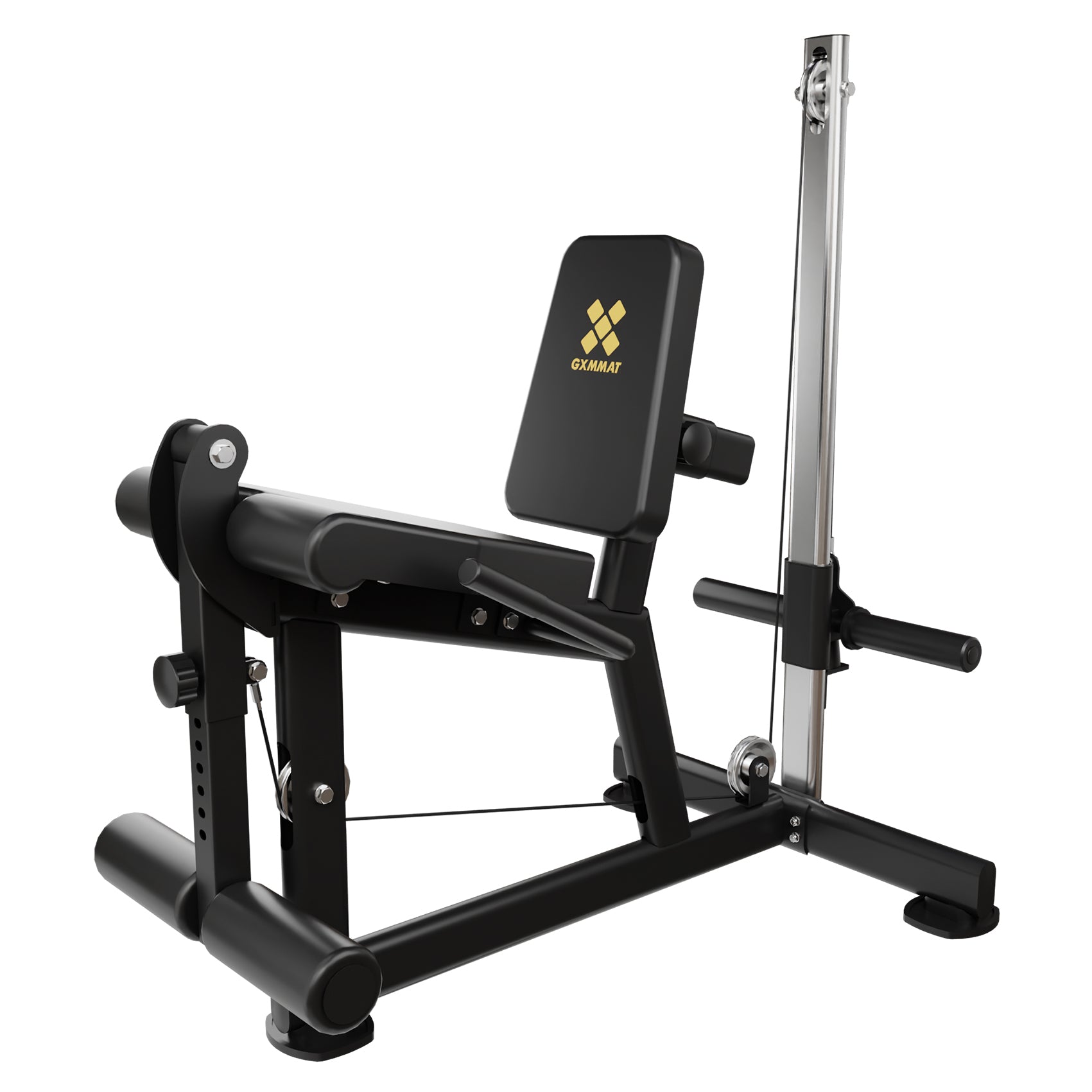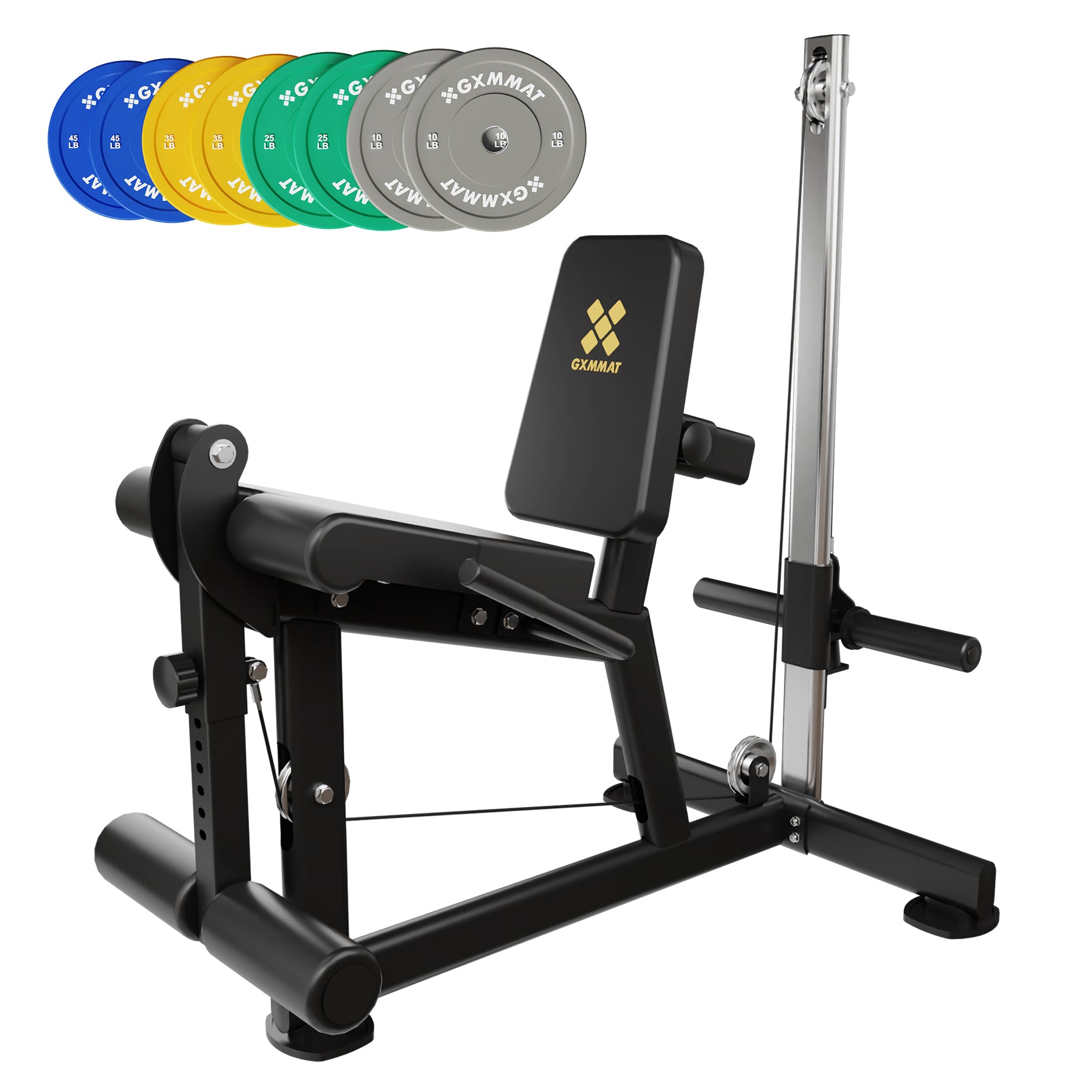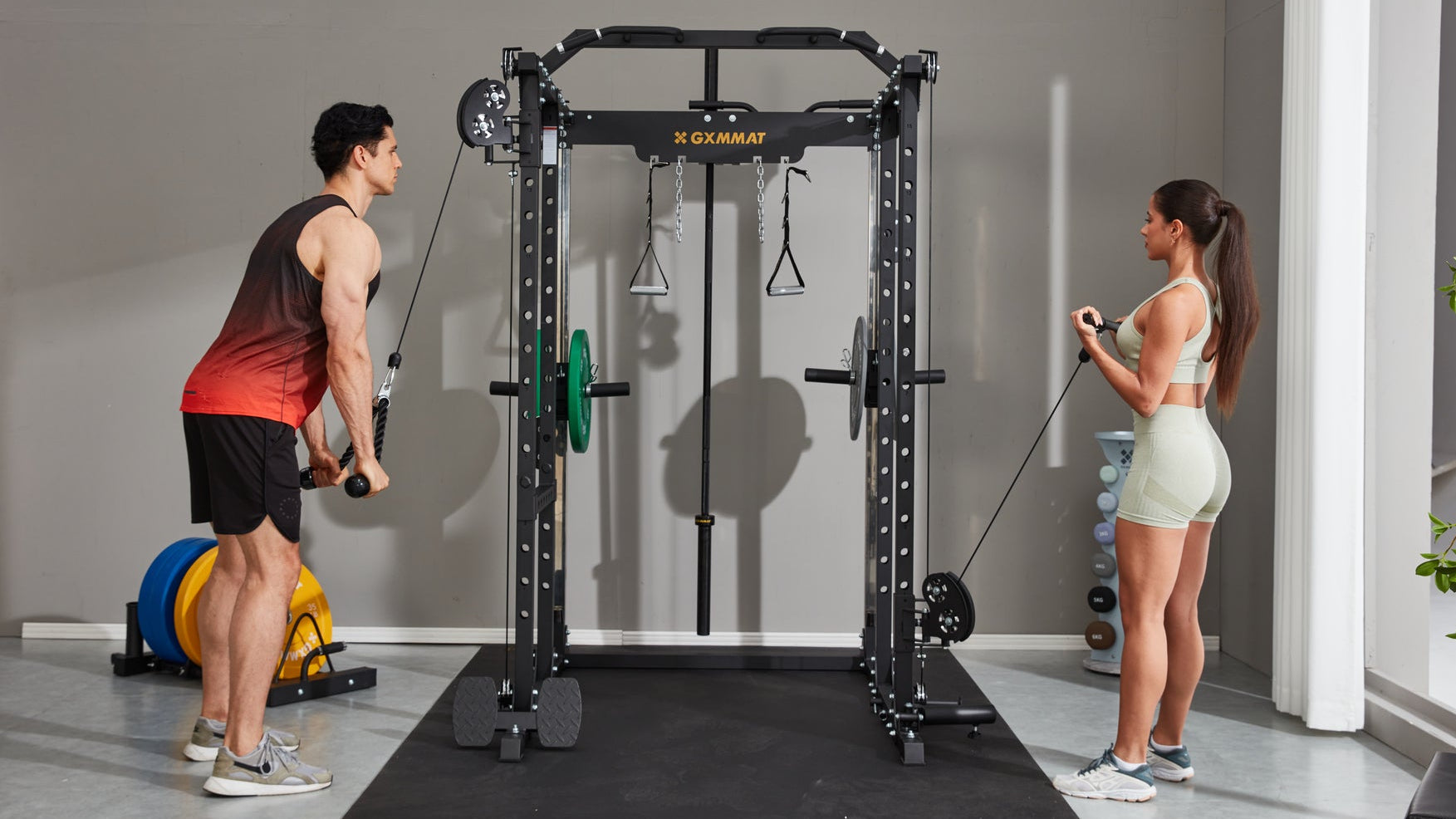
Specialty Machines
1 product
Frequently Asked Questions
What Muscles Do Leg Extensions Work?
The leg extension exercise primarily targets the quadriceps, which consist of four muscles located at the front of the thigh:
1. Rectus Femoris: located in the middle front of the thigh, it spans both the hip and knee joints. It assists in hip flexion and is primarily responsible for knee extension during the movement.
2. Vastus Lateralis: located on the outer side of the thigh, it helps extend the knee and maintains proper alignment and stability of the knee.
3. Vastus Medialis: located on the inner side of the thigh, it works together with the vastus lateralis to maintain knee alignment and stability.
4.Vastus Intermedius: located beneath the rectus femoris, it provides additional strength for knee extension.
Are Leg Extension Machine and leg Curl Machine the Same?
No, they are not the same. Leg extension machine mainly target the quadriceps on the front of the thigh, especially the rectus femoris. Quadriceps strength is crucial for jumping ability, explosive power, and landing stability. Doing leg extensions can further improve anterior chain strength and enhance performance in jumping and ball sports. Leg curl machine mainly target the hamstrings (including the biceps femoris, semitendinosus, and semimembranosus) on the back of the thigh. Strong hamstrings can increase posterior chain strength, protect the knee joint, and enhance explosive power and stride length, improving performance in deadlifts, squats, sprints, and weightlifting.
Why Choose a Cable Leg Extension Machine over A Plate-loaded One?
The cable leg extension machine provides consistent and stable resistance throughout the entire movement, reducing joint stress and better activating the muscles. In contrast, traditional plate-loaded machines may have uneven resistance, which can place more pressure on the joints or offer less tension at certain points-especially in the beginning range of the leg extension, where there is little to no load. Cable-driven machines effectively solve this issue. At the same time, GXMMAT leg extension machine features an innovative central cable with a back-mounted weight design, solving the problem of uneven resistance between two legs found in traditional single-side plate-loaded machines. The compact size makes it more ideal for home use.
How Much Weight Should I Leg Extension?
For beginners, men can typically start with around 60–80 lbs or use 40–50% of their bodyweight as a reference, while women can start with around 30–40 lbs or about 25% of their bodyweight. You can check the community average strength standards at Strengthlevel.
When selecting a weight, you should also pay attention to your maximum load and use the right Reps in Reserve (RIR). Beginners are recommended to keep RIR at 2–3 to avoid excessive fatigue. For example, if you plan to do 10 reps in one set, pick a weight you could perform for about 12–13 reps, leaving 2–3 reps in reserve. And if you find you can still do 7-8 extra reps after completing the set, that means the weight is too light and should be increased. Intermediate and advanced lifters can keep RIR between 0–2 to train close to failure and maximize results. Continuous experimentation will help you find the weight that works best for your body.
How to Use Leg Extension Machine Correctly?
1. Preparation: Adjust the backrest position so that your knees are placed directly in front of the seat base edge. Align your knees with the pivot point of the machine. The crease behind your knees should be close to the edge of the seat pad. And then rest the leg roller just above your ankles.
2. Lifting Phase: Slowly and steadily raise the leg roller upward and keep your upper body still. Make sure your hips stay in contact with the seat base, and your back rests against the backrest. Lean back a little, grip the handles, keep your hips down, and move only your legs throughout the motion.
3. Top Hold: When you reach the top of the movement, pause for one second at the peak and squeeze your quadriceps, but be careful not to hyperextend or lock your knees.
4. Lowering Phase: Slowly lower the leg roller back to the starting position.

